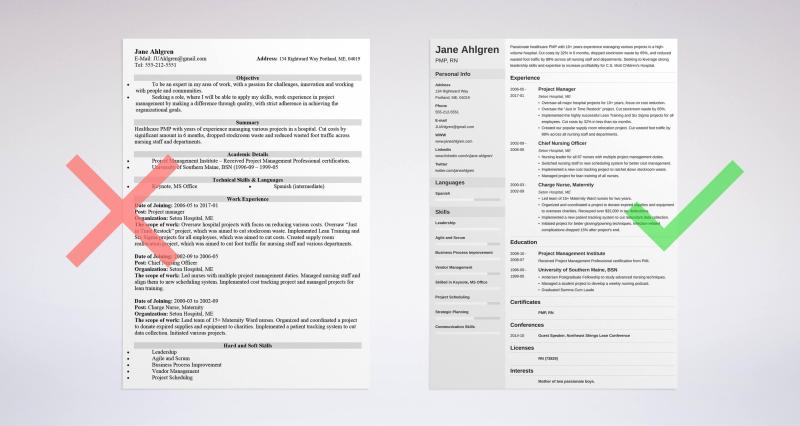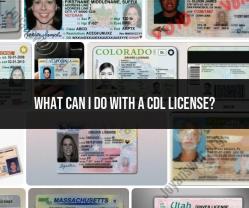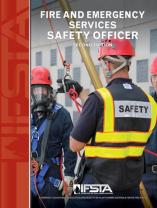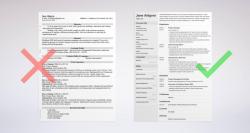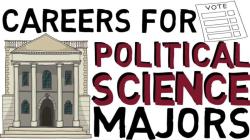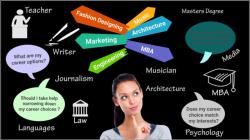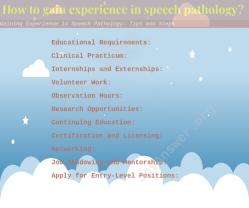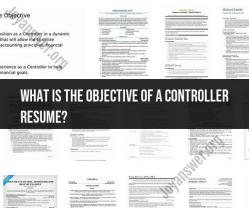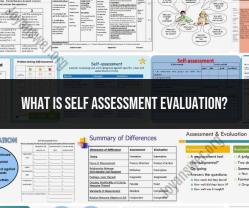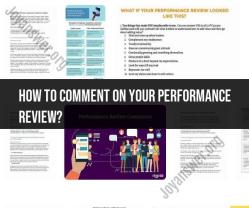How to create a simple resume?
Crafting a simple yet effective resume involves highlighting your key qualifications, skills, and experiences in a clear and concise manner. Here's a step-by-step guide to creating a simple resume:
1. Choose a Format:
- Use a Basic Template: Start with a clean, easy-to-read template. Chronological or functional formats are common for simple resumes.
- Fonts and Layout: Use standard fonts like Arial or Calibri. Maintain a consistent layout with clear headings and bullet points.
2. Contact Information:
- Header: Include your full name, phone number, professional email address, and location (city and state) at the top of the resume.
3. Objective or Summary (Optional):
- Objective: State your career goals briefly and how you can contribute to the company.
- Summary: Highlight your key skills and experiences relevant to the job you're applying for.
4. Professional Experience:
- Work History: List your work experience in reverse chronological order (most recent job first).
- Job Title, Company, Dates: Include job titles, company names, and employment dates for each position.
- Bullet Points: Describe your responsibilities and achievements using action verbs and quantifiable results where possible.
5. Education:
- Degrees or Certifications: List your educational qualifications, starting with the most recent degree or certification.
- Institution, Degree, Graduation Date: Include the name of the institution, degree obtained, and graduation date (if applicable).
6. Skills:
- Key Skills: Include a section highlighting relevant skills such as technical skills, languages, software proficiency, or specific industry-related skills.
- Match Skills to Job Description: Tailor these skills to match the job description of the position you're applying for.
7. Additional Sections (Optional):
- Volunteer Work: If applicable, include any volunteer experiences that demonstrate relevant skills.
- Achievements or Awards: Highlight any awards, recognitions, or achievements that showcase your abilities.
8. Proofread and Edit:
- Check for Errors: Review your resume carefully for spelling, grammar, and formatting errors.
- Consistency: Ensure consistency in formatting, font sizes, and bullet points throughout the document.
9. Tailor for Each Application:
- Customize for Each Job: Adjust your resume to align with the job description and emphasize relevant experiences and skills.
10. Save and Submit:
- File Format: Save your resume as a PDF or Word document to ensure compatibility and easy sharing.
- Submit: Follow the specific instructions provided in the job application regarding how to submit your resume.
Crafting a simple resume involves presenting your qualifications clearly and concisely to make a strong impression on potential employers. Tailoring your resume to each job application can significantly improve your chances of getting noticed.
Your resume should be one page long and easy to read.
This is because recruiters often have limited time to review resumes, so you want to make sure yours is concise and easy to scan. Use a standard font, such as Arial or Times New Roman, and a font size of 12 points.
Use a standard font and font size.
This will make your resume look professional and easy to read. Avoid using fancy fonts or colors, as these can be distracting and make your resume look unprofessional.
Include your contact information, education, work experience, and skills.
This is the most important information that you should include on your resume. Make sure to list your contact information at the top of your resume, including your name, email address, and phone number. Your education should be listed in reverse chronological order, starting with your most recent degree. Your work experience should also be listed in reverse chronological order, starting with your most recent job. Your skills should be listed in a separate section, and you can organize them by type, such as technical skills, soft skills, and language skills.
By following these tips, you can create a resume that is one page long, easy to read, and informative.
